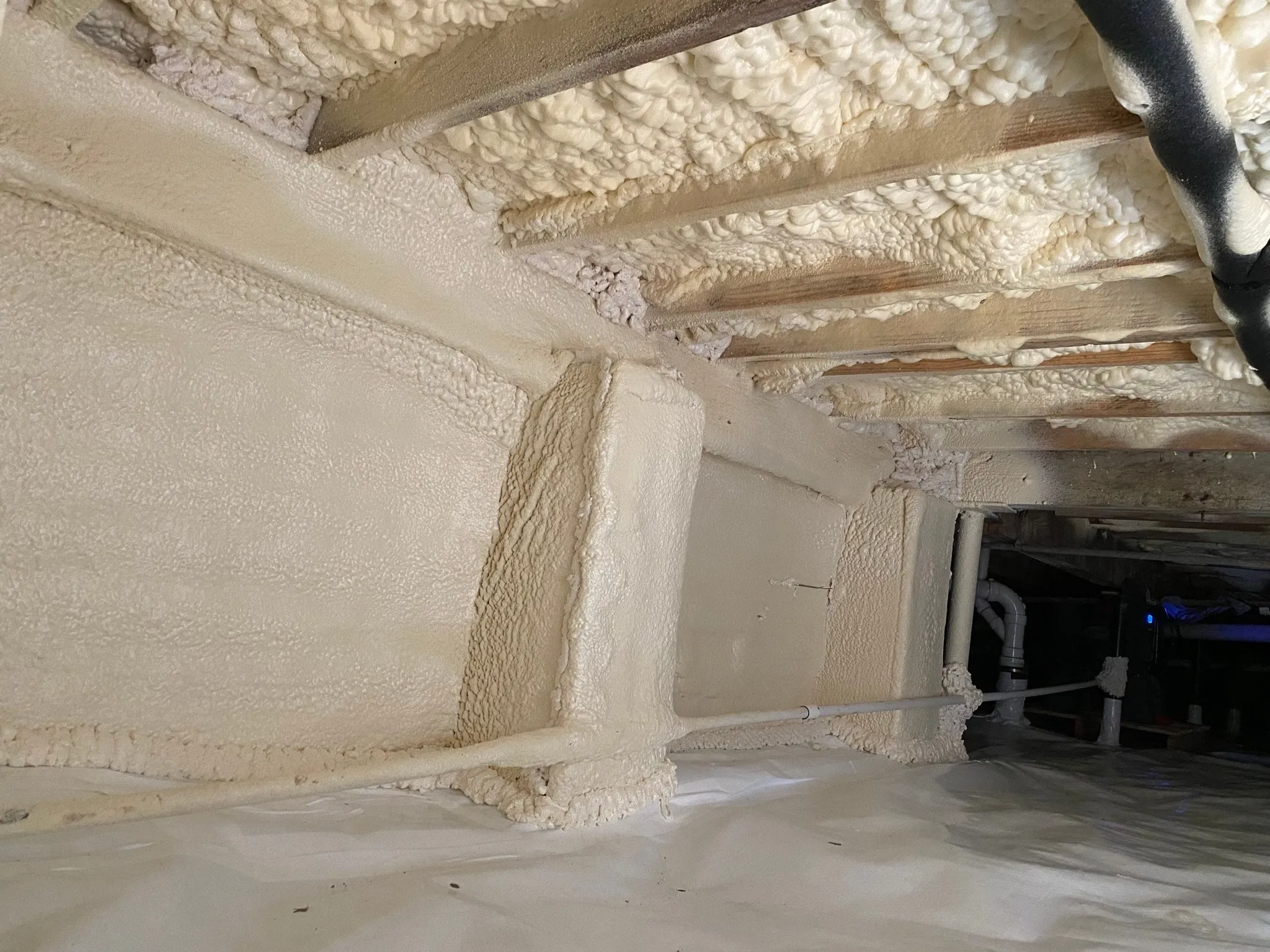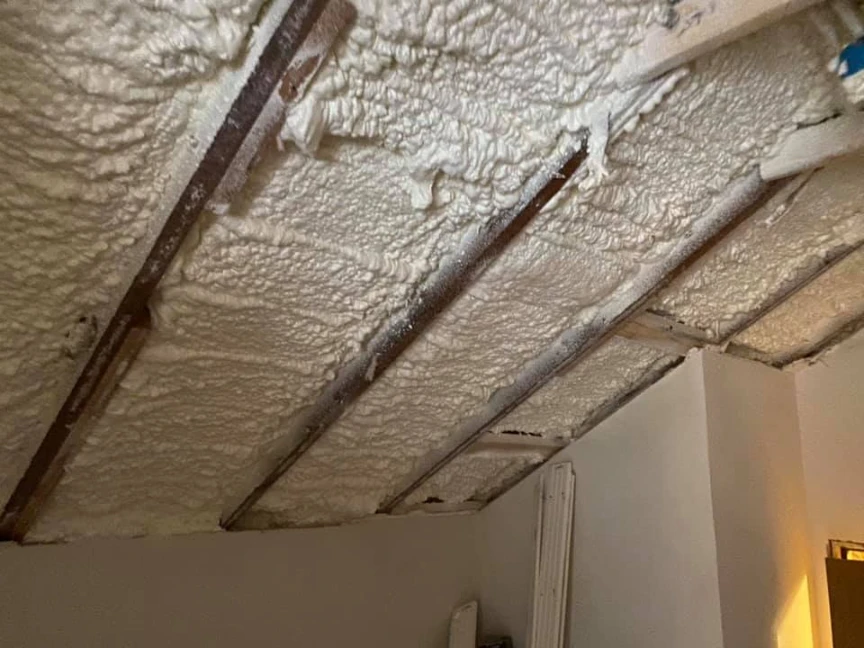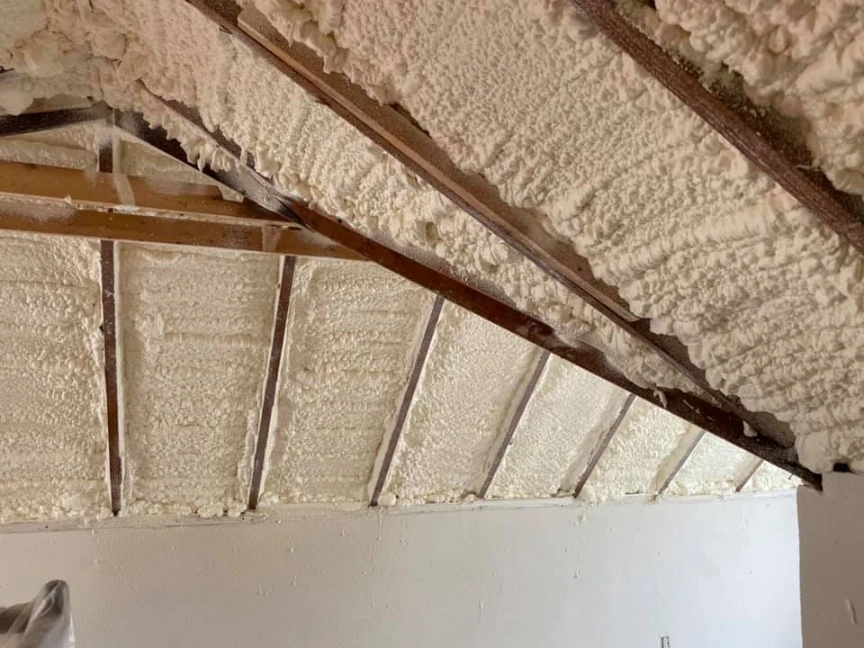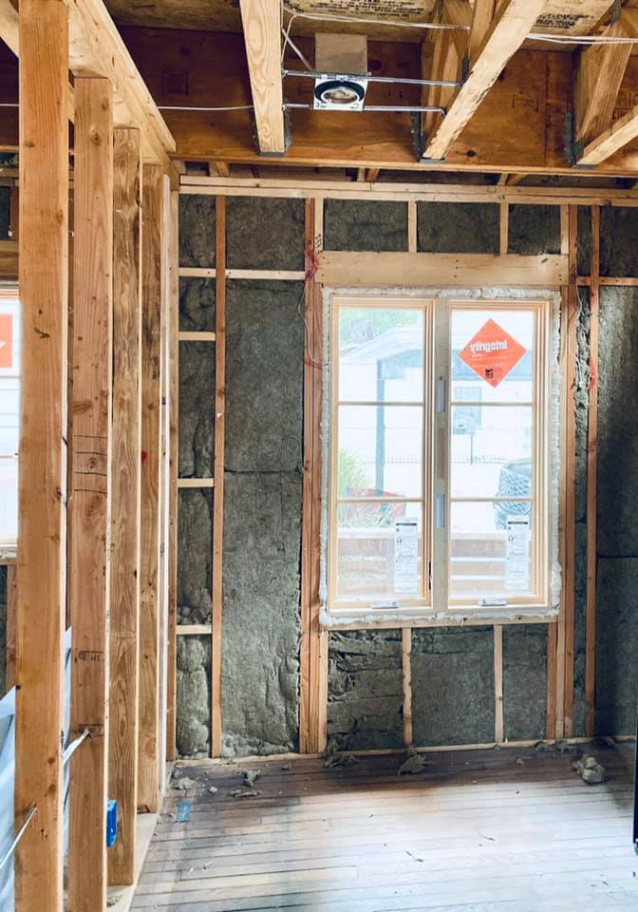Identifying missing crawlspace insulation in Converse property often starts with signs you can feel inside your home. The most immediate indicators are consistently cold floors, especially during cooler months, and unusually high energy bills. If your HVAC system seems to be running constantly to maintain a comfortable temperature, it’s a strong signal that conditioned air is escaping or outside air is infiltrating through an uninsulated floor. Other common signs include pest problems, musty odors from mold and mildew growth, and in colder snaps, frozen pipes. These issues point to an unconditioned crawlspace that is negatively affecting your home’s comfort, efficiency, and air quality.
This guide provides a detailed look at how to confirm if your crawlspace insulation is missing or failing. Understanding these signs and what to look for can help you pinpoint the source of discomfort and inefficiency in your home. With experience in addressing insulation and building performance issues across the Converse area, Stellrr Insulation & Spray Foam has seen firsthand how a poorly insulated crawlspace can affect a home’s entire system.
Key Indicators of Insulation Problems
When a crawlspace lacks proper insulation, the effects are noticeable throughout the house. Paying attention to these clues can help you diagnose the problem before it leads to more serious damage.
High Energy Consumption
A significant and unexplained increase in your heating and cooling costs is one of the most reliable signs of an insulation issue. The crawlspace acts as a buffer zone between the ground and your home’s living area. Without insulation, the outside temperature more easily influences the temperature of your floors, forcing your HVAC system to work much harder to compensate. A report from the U.S. Department of Energy highlights that insulating crawlspaces is a key strategy for reducing energy loss and lowering utility bills.
Discomfort in Your Living Space
If you find yourself constantly adjusting the thermostat or wearing socks indoors to deal with cold floors, the problem likely lies beneath you. An uninsulated crawlspace allows cold air to rise through the floorboards, a process known as the stack effect. This can create drafty conditions and make certain rooms feel perpetually chilly, no matter how high you turn up the heat.
Moisture and Pest Issues
Crawlspaces are naturally prone to moisture, and a lack of insulation can make the problem worse. When warm, moist air from the crawlspace meets your cooler floor joists, condensation can form, leading to wood rot and mold. The Environmental Protection Agency (EPA) explains that controlling moisture is essential to preventing mold growth. A damp, dark crawlspace is also an attractive environment for pests like termites, rodents, and insects, who can easily find their way into your home through unsealed gaps.
How to Perform a Visual Check
A direct visual inspection is the most certain way to determine the state of your crawlspace insulation. Before you enter, however, it’s important to take the right safety precautions.
Safety Preparations
- Wear Protective Gear: Always wear long sleeves, pants, gloves, a dust mask or respirator, and safety glasses.
- Use Proper Lighting: A bright, reliable flashlight or headlamp is necessary to see clearly.
- Alert Someone: Let someone know you are going into the crawlspace and when you expect to be out.
- Check for Hazards: Before entering fully, scan for signs of pests, standing water, or damaged wiring.
What to Look For
Once safely inside, shine your light between the floor joists, which are the large wooden beams that support the floor above. Here’s what you might find:
- No Insulation: You will see the bare underside of your subfloor between the joists.
- Fallen or Sagging Insulation: You might see insulation batts that have fallen to the ground or are hanging down significantly. This is ineffective, as it leaves large air gaps.
- Compressed or Wet Insulation: Insulation that is compressed, damp, or shows signs of mold (black or discolored patches) has lost its thermal resistance and needs to be replaced.
- Pest Damage: Look for insulation that has been chewed through, torn apart, or used for nesting by animals.
Bonus Tip: Pay close attention to the rim joists, which are located at the outer edge of the flooring system. This area is a common spot for air leaks, and it should be properly insulated and air-sealed.
Understanding Different Crawlspace Problems
Sometimes, insulation is present but is not doing its job correctly. Knowing the difference between missing insulation and failing insulation can help you determine the right solution.
| Problem Type | Common Signs | Typical Causes | Recommended Action |
|---|---|---|---|
| Missing Insulation | Bare floor joists, extreme temperature transfer, very high energy bills. | Never installed, removed during previous work and not replaced. | Install new, appropriate insulation for the climate zone. |
| Damaged Insulation | Sagging batts, visible moisture or mold, pest debris, compressed material. | High moisture levels, gravity, poor installation, pest activity. | Remove all damaged material, clean and sanitize the area, then install new insulation. |
| Improper Insulation | Wrong R-value for the area, insulation installed incorrectly (e.g., upside down). | Lack of knowledge of building codes, incorrect product selection. | Remove and replace with insulation that meets local code requirements. |
Things to Consider Before Making a Decision
Before you decide to add or replace crawlspace insulation, there are a few factors to think about to ensure you get the best results for your Converse home.
Vented vs. Unvented Crawlspaces
The design of your crawlspace dictates the correct insulation strategy.
- Vented Crawlspaces: Traditionally, these have vents to the outside. For these, insulation is typically installed between the floor joists (against the subfloor) to separate the home from the unconditioned crawlspace.
- Unvented Crawlspaces (Encapsulated): Modern building science often favors sealing the vents and creating a closed, conditioned space. Research from Advanced Energy found that closed crawlspaces outperform vented ones in controlling moisture and saving energy. In this system, insulation is applied to the foundation walls rather than the floor joists.
Climate Considerations for Converse, TX
Our region experiences hot, humid summers and periods of cold weather. This means your insulation needs to manage both heat gain in the summer and heat loss in the winter while also resisting moisture. The insulation material and its R-value should be selected to handle these specific climate demands.
Choosing the Right Material
Different insulation materials offer different benefits in a crawlspace environment. Fiberglass batts are common but can absorb moisture if a vapor barrier is not properly installed. Closed-cell spray foam is an excellent option as it acts as an air, moisture, and thermal barrier all in one, but it comes at a higher initial cost.
Bonus Tip: Before insulating, it’s a good idea to have any existing moisture or drainage issues addressed. Adding insulation to a wet crawlspace will only trap moisture and lead to bigger problems like wood rot and widespread mold.

Frequently Asked Questions
Can I install crawlspace insulation myself?
While it is possible, it can be a difficult and hazardous job. Crawlspaces are often tight, dark, and may contain pests, mold, or exposed wiring. Professional installers have the right safety equipment and experience to do the job correctly and safely.
What is the recommended R-value for a crawlspace in Texas?
The recommended R-value depends on the specific location and application (floor vs. wall). Generally for floors, an R-value of R-13 to R-19 is a good target for our climate zone.
Why did my original insulation fall down?
Insulation, particularly fiberglass batts, often falls due to moisture. When it absorbs water, it becomes heavy and pulls away from the subfloor. Other causes include poor installation (not using sufficient supports), pest activity, or simply the effects of gravity over many years.
Is crawlspace encapsulation the same as insulation?
No. Insulation is just one part of a crawlspace encapsulation system. Encapsulation involves completely sealing the crawlspace from the earth and outside air with a heavy-duty vapor barrier on the ground and up the walls, sealing all vents and gaps, and often includes installing a dehumidifier. Insulation is then applied to the foundation walls.
How does a damp crawlspace affect my home’s air quality?
A significant portion of the air you breathe inside your home originates from the crawlspace due to the stack effect. If your crawlspace is damp and moldy, those mold spores, dust mite allergens, and musty odors can be pulled up into your living areas, potentially affecting respiratory health.
Will new insulation get rid of pests?
Installing new, properly fitted insulation and air sealing gaps can help create a barrier that makes it harder for pests to enter your home. However, it will not solve an existing infestation. It’s best to have a pest control professional address any active pest problems before new insulation is installed.
Making an Informed Decision
Confirming the state of your crawlspace insulation is a crucial step for any Converse homeowner aiming to enhance comfort and lower energy costs. A thorough visual inspection can reveal the full extent of any issues, from sagging batts and moisture damage to a complete lack of insulation. By understanding your crawlspace type and considering the local climate, you can make an educated decision on the best way to move forward.
Next Steps for Your Property
If you’ve noticed any of these signs or are unsure about the condition of your crawlspace, a professional evaluation can provide clear answers. For a detailed assessment of your home’s insulation needs, you can connect with the team at Stellrr Insulation & Spray Foam. Contact us by phone at (512) 710-2839 or by email at info@stellrr.com to discuss your property and determine the right crawlspace insulation solution.
Stellrr Insulation & Spray Foam has expanded its services to better protect homes in Converse, TX. Read more about our crawl space insulation service.
Sources
- U.S. Department of Energy – Provides official guidance on where to insulate a home for maximum energy savings, including crawlspaces.
- Environmental Protection Agency (EPA) – Offers information on the causes of indoor moisture and its connection to mold growth, which is relevant for damp crawlspaces.
- Advanced Energy – This field study provides data and analysis comparing the performance of vented and sealed (unvented) crawlspaces, supporting the benefits of encapsulation.





